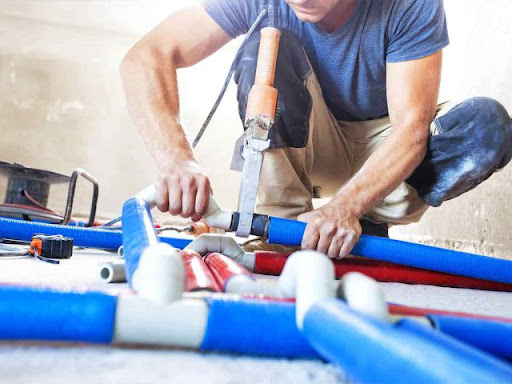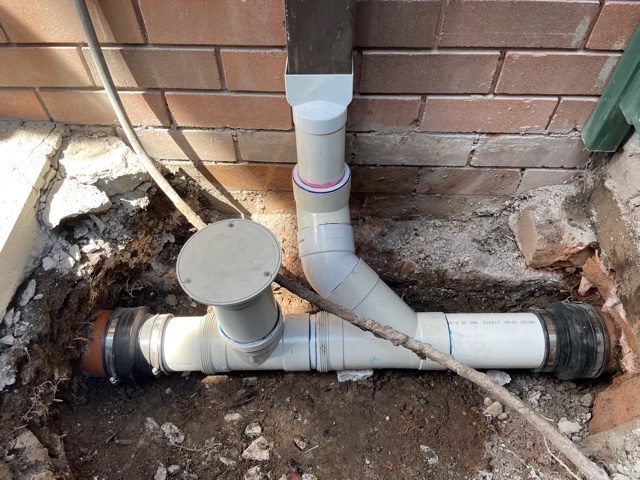
Fixing Common Plumbing Issues
Plumbing issues are an inevitable part of homeownership, and they often seem to crop up at the most inconvenient times. From minor leaks to major clogs, understanding common plumbing problems and how to address them can save you time, money, and a great deal of frustration. Here’s a guide to some of the most frequent plumbing issues and practical solutions to tackle them.
1. Leaky Faucets
Issue: A dripping faucet is not just an annoying sound—it can waste a significant amount of water over time and increase your utility bills. The primary cause of a leaky faucet is usually a worn-out washer or O-ring.
Solution: To fix a leaky faucet, start by turning off the water supply and covering the drain to prevent losing small parts. Remove the faucet handle and take out the packing nut. Replace the worn washer or O-ring and reassemble the faucet. If you’re unsure which parts need replacing, consult the faucet manufacturer’s guide or seek help from a plumbing professional.
2. Clogged Drains
Issue: Clogged drains are a common problem in kitchens and bathrooms. They can be caused by grease buildup, hair, soap scum, or foreign objects. A slow or blocked drain can lead to unpleasant odors and potential water damage.
Solution: Begin by using a plunger to dislodge the clog. For kitchen sinks, you can also use a mixture of baking soda and vinegar followed by hot water to break down grease and debris. If the plunger doesn’t work, try a plumber’s snake to clear the blockage. For persistent clogs, you might need to remove the drain trap and clean it manually. Avoid chemical drain cleaners as they can damage pipes over time.
3. Running Toilet
Issue: A running toilet is not only irritating but also wasteful, as it can lead to a significant increase in your water bill. The problem is often due to a faulty flapper valve, a worn-out flush valve, or an improperly adjusted float. If you are seeking a source of inspiration and guidance about plumbing, visit https://hi-techplumbingandair.com/plumbing/repipe-pipelining/ for further info.
Solution: Check the flapper valve inside the tank to see if it’s sealing properly. If it’s worn or damaged, replace it with a new one. Ensure the float is correctly adjusted so that it shuts off the water flow when the tank is full. If these adjustments don’t resolve the issue, inspect the flush valve and other internal components for wear and tear.
4. Low Water Pressure
Issue: Low water pressure can make showering and washing dishes a frustrating experience. The cause of low water pressure can range from mineral deposits in the aerator to issues with the main water supply.
Solution: Start by checking the aerators on your faucets and showerheads. Remove and clean them to remove any mineral buildup. If this doesn’t resolve the issue, the problem might lie with the main water supply or the pressure regulator. In such cases, contacting a professional plumber is advisable to inspect and repair the problem.
5. Burst Pipes
Issue: Burst pipes are a serious issue that can cause extensive water damage to your home. They are often caused by freezing temperatures, corrosion, or excessive water pressure.
Solution: If a pipe bursts, turn off the main water supply immediately to prevent further flooding. To minimize water damage, move any valuables out of the affected area and use buckets or towels to contain the water. For temporary repair, you can use pipe clamps or duct tape until a professional plumber can replace the damaged section of the pipe.
6. Water Heater Problems
Issue: Issues with your water heater can range from no hot water to discolored or smelly water. Common problems include a broken thermostat, sediment buildup, or a faulty heating element.
Solution: For no hot water, check the thermostat setting and ensure it’s properly adjusted. If the water is discolored or has an unpleasant odor, it may indicate sediment buildup in the tank. Flushing the water heater can help remove sediment. If these steps don’t solve the problem, the issue might be with the heating element or other internal components, requiring professional assistance.

7. Sump Pump Failure
Issue: A sump pump is crucial for preventing basement flooding, but if it fails, your basement could be at risk during heavy rains or melting snow. Common causes of sump pump failure include a stuck float switch or a clogged discharge pipe.
Solution: Regular maintenance is key to ensuring your sump pump operates effectively. Check the float switch to ensure it moves freely and isn’t stuck. Clear any debris from the discharge pipe and test the pump by pouring water into the sump pit to ensure it activates and drains properly. For persistent issues, consulting a plumber may be necessary.
8. Gas Leaks
Issue: Gas leaks are a serious issue that can pose health and safety risks. They can be caused by damaged pipes, loose connections, or faulty appliances.
Solution: If you suspect a gas leak, evacuate the premises immediately and contact your gas company or emergency services. Do not use electrical switches or appliances, as sparks could ignite the gas. Once the situation is under control, a professional plumber or gas technician will need to inspect and repair the leak.
Conclusion
Dealing with plumbing issues can be daunting, but many common problems have straightforward solutions. Regular maintenance and timely repairs can prevent minor issues from becoming major headaches. Remember, if you’re ever in doubt about how to handle a plumbing problem or if the issue seems beyond your capabilities, don’t hesitate to call a professional plumber. They have the expertise and tools to resolve complex problems and ensure your plumbing system remains in good working order.
